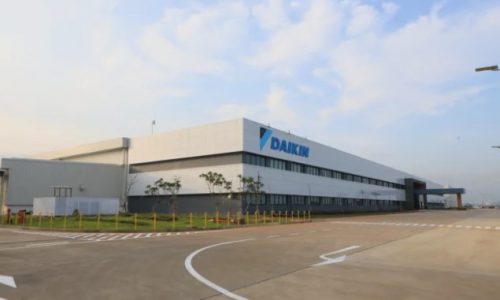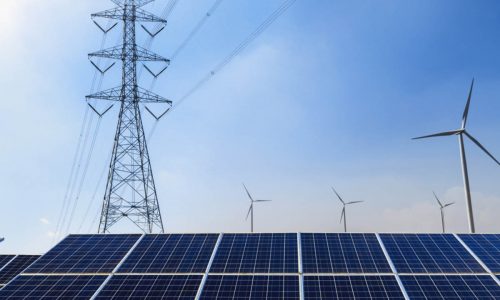The Nusantara Capital (IKN) Authority is set to allocate 65 percent of the capital city, approximately 177,000 hectares, for protected areas. This is part of the authority’s efforts to preserve the environment and biodiversity in the new capital city.
Pungky Widiaryanto, Director of Forestry and Water Resources Development at the IKN Authority, said that the protected areas would be divided into several parts.
A 40,000-hectare area will be designated as secondary forests, 2,000 hectares for mangrove forests, and 55,000 hectares for industrial plantation forests or monocultures. Additionally, there are 80,000 hectares allocated for agriculture, mining, and oil palm plantations.
Previously, the forest area in the new capital city drew attention after the United States National Aeronautics and Space Administration (NASA) released satellite images comparing the forest conditions in the new capital city in April 2022 and February 2024.
The April 2022 satellite image showed dense forest cover in the new capital city. However, the satellite image taken in February 2024 indicated deforestation in several areas.
Myrna Safitri, Deputy of Environment and Natural Resources at the IKN authority, mentioned that the current condition of the protected forests in the new capital city is far from ideal.
Large-scale conversions in the past few decades − long before the development of the new capital city − have altered the face of the forests.
“The damage to forests in Nusantara is caused by illegal logging, forest fires, illegal mining, expansion of industrial plantation forests and oil palm plantations, as well as forest encroachment, which have occurred before the development of the new capital city,” Myrna said on Monday, March 25, 2024.
Therefore, the development of the Nusantara Capital City as a forest city will prioritize environmental conservation and biodiversity protection.
“Efforts to restore ecosystems will be made to bring back the glory of the Kalimantan tropical forests,” she added.
To support this, OIKN introduces the Biodiversity Management Master Plan as one of the steps to conserve biodiversity in the development of the new capital city in East Kalimantan.
OIKN will minimize the impact of development on biodiversity, including avoiding areas with high biodiversity. If the development of the new capital city must pass through or cut across natural habitats of flora and fauna, OIKN will provide compensation.
One form of compensation is the construction of artificial corridors to reconnect separated habitats and enable the movement of animals.









